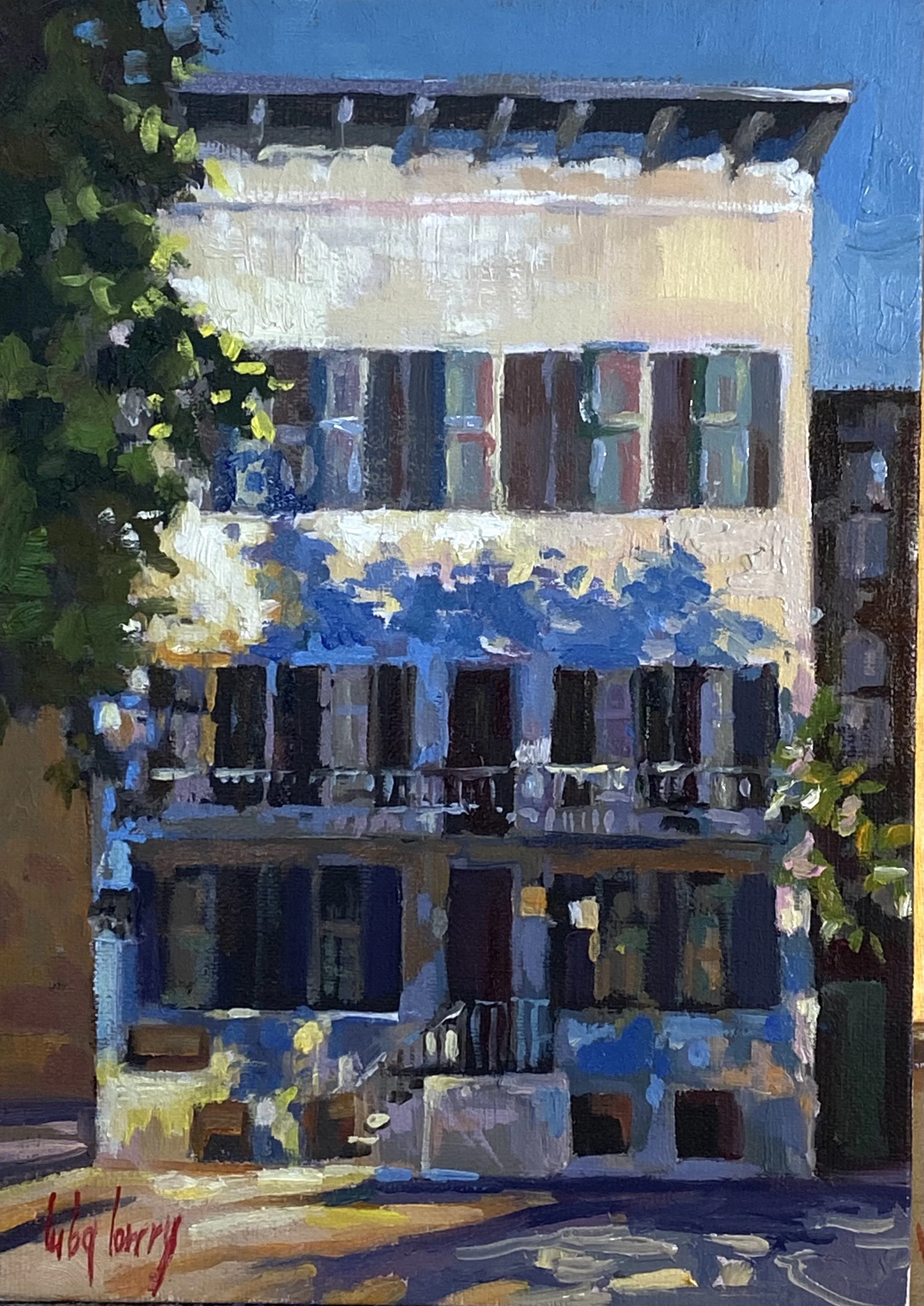Yamacraw Square is Savannah's newest Square. The December 2022 ribbon-cutting ceremony officially changed the former Yamacraw Art Park to the new Yamacraw Square. It is the second Square in Savannah, together with Chippewa Square, carrying the name of a Native American people (see PFS-58).
Read MoreFor some time, the Tybee Island Lighthouse (see PFS-156) was the exclusive structure built on Tybee Island. No one knows the exact origin of its name, but the most common explanation is that Tybee is the Euchee Indian word for salt. Native Americans long fished the area's salt waters and harvested the abundant oysters and clams in the surrounding salt marshes.
Read MoreIn 1733, Georgia Colony founder James Oglethorpe decided that Tybee Island was the place to establish the first beacon to help guide incoming ships upriver to the new outpost established in Savannah. The Tybee Beacon was prefabricated in Savannah, then carried downriver to Tybee Island to be assembled.
Read MorePerhaps using this property to contemplate the controversies of the day was in Mrs. Rotan's mind at the time of her gift to the Wesley Monumental United Methodist Church.
Read MoreDrums and Shadows: Survival Studies Among the Georgia Coastal Negroes, published in 1940, studied the heritage of African-Americans living on the Georgian and Carolinian coast in the 1930s.
Read MoreThough surrounded by salt marshes, the Isle of Hope is not an island. Instead, it is part of a peninsula reaching out toward the Atlantic Ocean fronted by a significant barrier called Skidaway Island. Two additional barrier islands fronting Skidaway help protect the Isle of Hope from Atlantic hurricanes: Little Wassaw Island and Wassaw Island — both of which house the Wassaw National Wildlife Refuge.
Read MoreThe Oatland Island Wildlife Center serves as Savannah's unique version of a zoo. The Island setting has delightful nature trails and is a fun place to explore for kids of all ages. Animals, birds, and other creatures residing at the wildlife center include alligators, bison, eagles, owls, bobcats, vultures, chickens, hogs, wolves, cows, red foxes, rabbits, hawks, deer, opossums, toads, salamanders, turtles, and lots and lots of snakes.
Read MoreIn August 1814, the British burned the American Capitol amid the War of 1812. British troops invaded, then sacked Washington and set fires throughout the District of Columbia. Much of it was retaliation for the American burning of the Canadian capital at York (now Toronto) in April of the previous year.
Read MoreIn 1772, at age 15, James Jackson immigrated to Savannah from Devonshire, England. An old country lawyer known to his family, John Wereat, had settled in Savannah, and the young boy apprenticed under him. To be sure, with his fiery temper, James Jackson became more than a local handful.
Read MoreOne of the great ideas in education that gained significant traction in America during the 1930s Great Depression Era was the 'Junior College Movement.'
Read MoreFort McAllister sits near the mouth of the Ogeechee River, only twelve miles south of Savannah. Now part of Fort McAllister State Historic Park, the fort marks the point on a map where William Tecumseh Sherman's infamous scorched earth March to the Sea came to an end.
Read MoreWhen American naval forces were attacked in Hawaii by the Imperial Japanese Empire on December 7, 1941 — that historic Day that Will Live in Infamy — the Mighty Eighth Airforce did not yet exist.
Read MoreWhitefield became one of the most admired evangelists in America before the War for Independence, a leading figure in the First Great Awakening that swept through England and its North American colonies in the 1740s. He founded the Bethesda orphanage, raising funds primarily through his popular and passionate preaching.
Read MoreThe Reverend Dr. Ralph Mark Gilbert (1899-1956) was the father of the civil rights movement in Savannah. His essential contribution to the advancement of civil rights for the local African American population was honored by the formation and naming of the Ralph Mark Gilbert Civil Rights Museum.
Read MoreBe sure to bring your baseball glove when attending a Savannah Bananas game, and have it ready—as you may be pulled into action.
Read MoreLocated at 326 Bull Street overlooking gorgeous Madison Square, the Eliza Ann Jewett House, painted en Plein air on a late October afternoon, was built in 1842.
Read MoreConstructed in 1770, the General Lachlan McIntosh House on East Oglethorpe Avenue may be the oldest brick residence in Georgia.
Read MoreWithin Savannah's Historic District, Washington Square and the Ward on which it sits were named for the first President of the United States, George Washington.
Read MoreThis fabulous house, the Abraham Minus home, constructed in 1859 for a successful Savannah merchant, is located at 204 East Jones Street.
Read MoreI painted this scene en Plein air of these boats docked at the Savannah Yacht Club immediately after I enjoyed playing a tennis match with friends at the club.
Read More



















